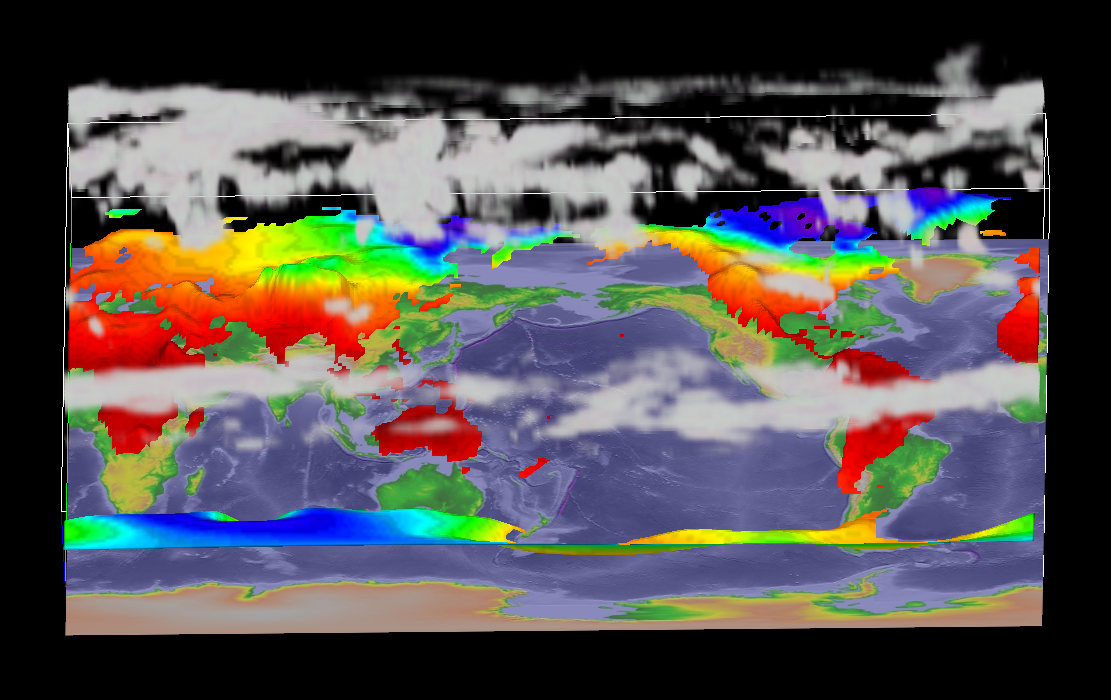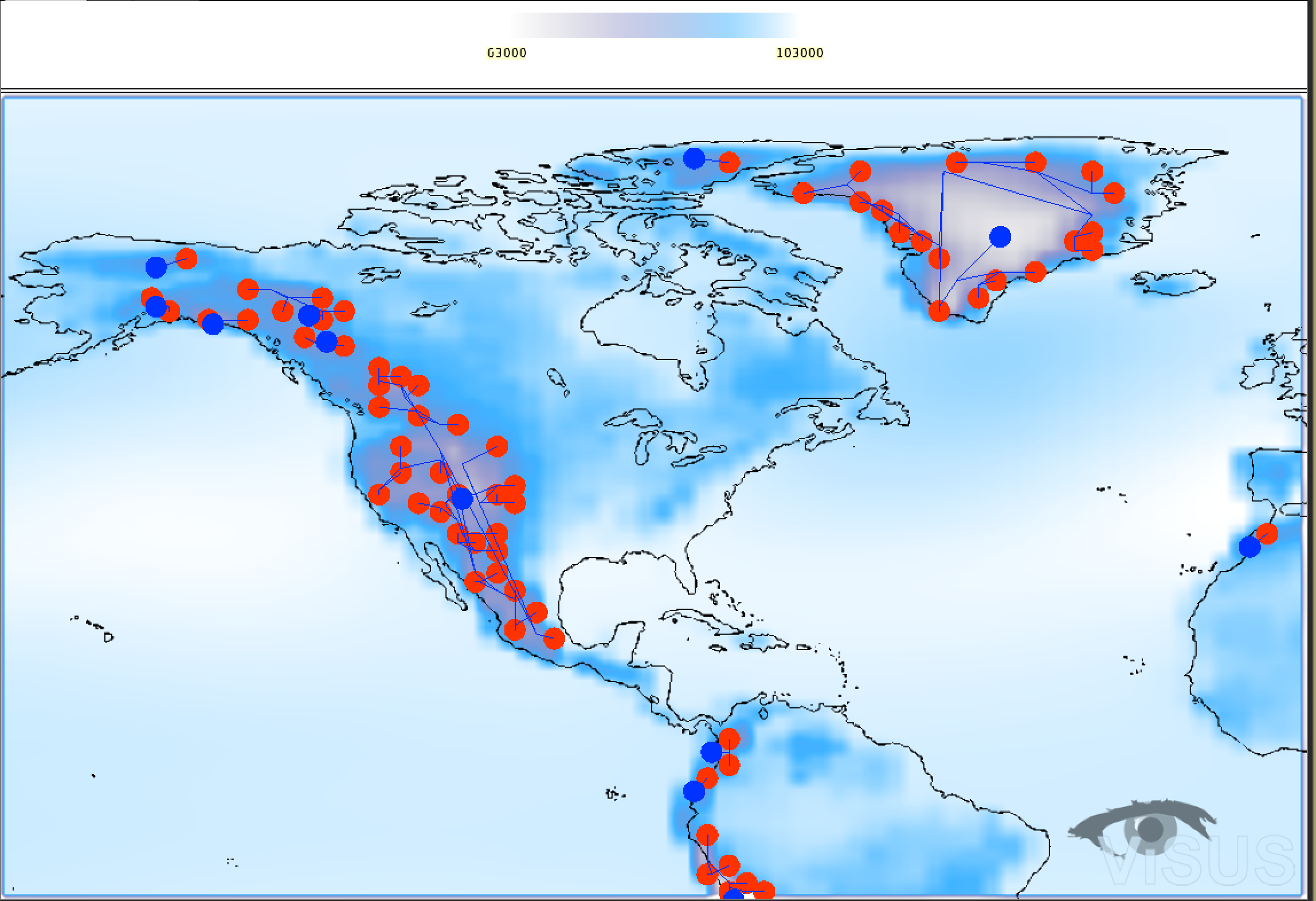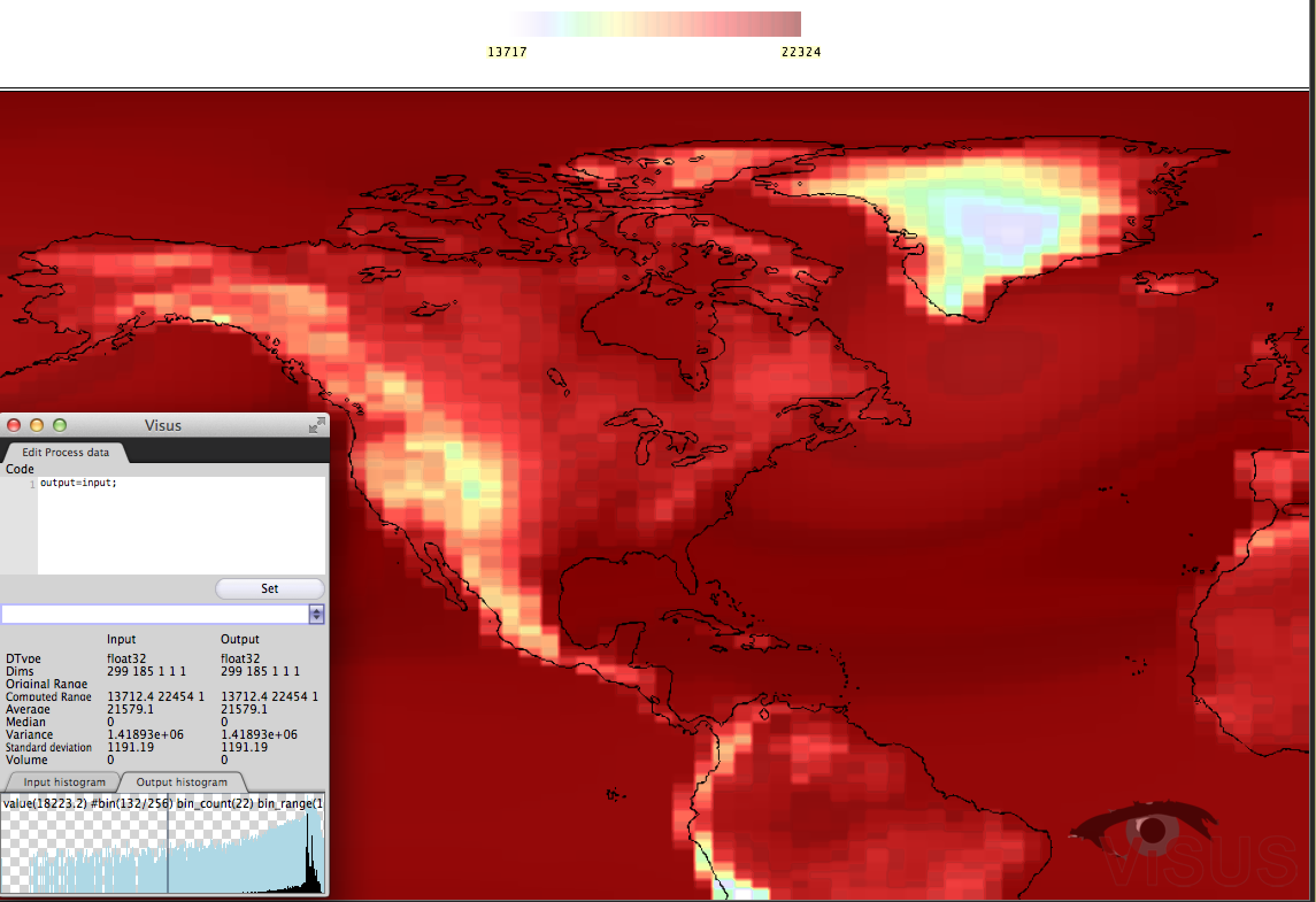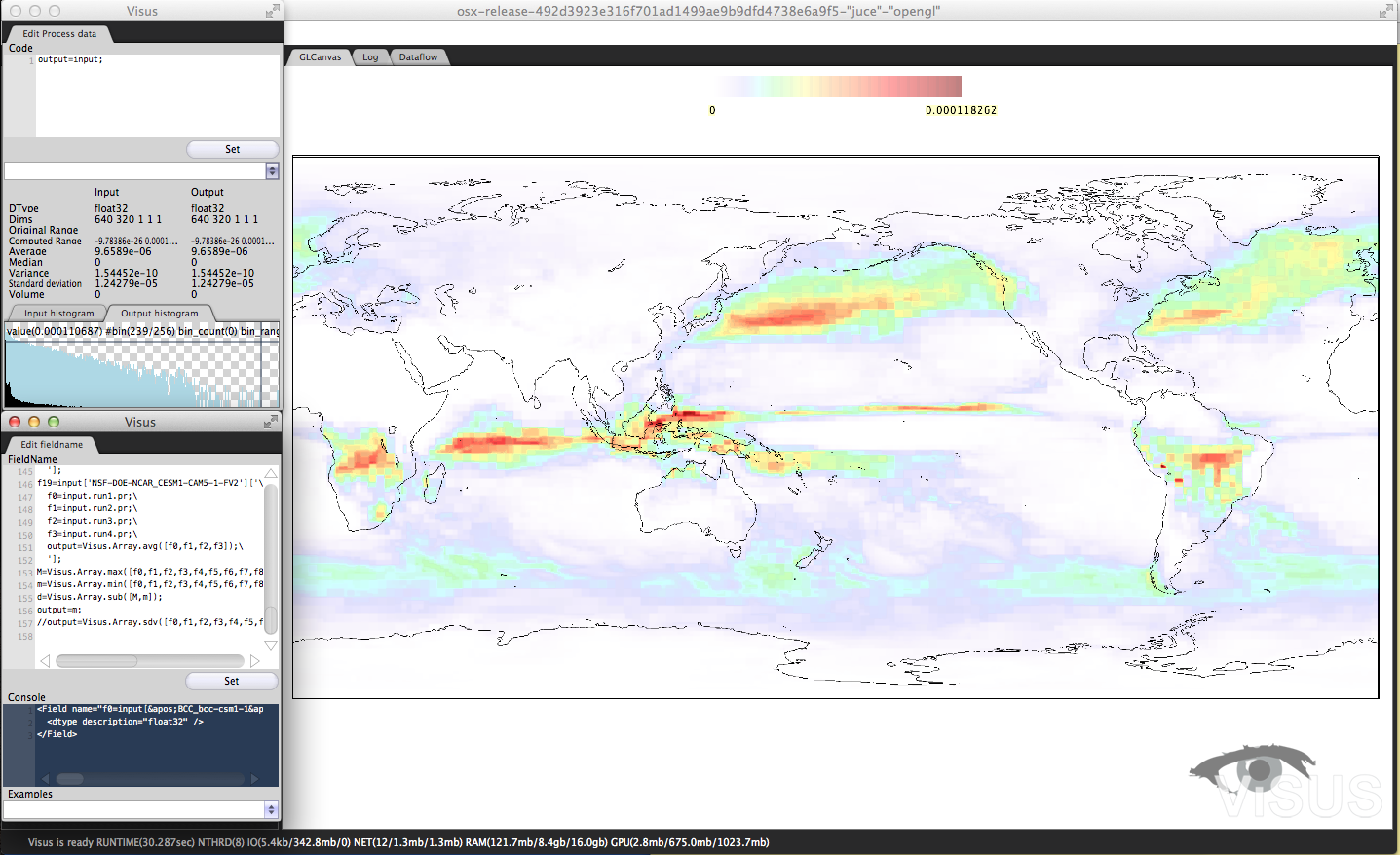 The Federal Laboratory Consortium for Technology Transfer (FLC) Far-West Region presents Outstanding Partnership award to Ultrascale Visualization Climate Data Analysis Tools. This is a joint partnership with Lawrence Livermore National Laboratory, New York University, Kitware, inc., Goddard Space Flight Center, Earth System Research Laboratory, Tech-x Corporation, Oak Ridge National Laboratory, Lawrence Berkeley National Laboratory, Los Alamos National Laboratory, and the University of Utah.
The Federal Laboratory Consortium for Technology Transfer (FLC) Far-West Region presents Outstanding Partnership award to Ultrascale Visualization Climate Data Analysis Tools. This is a joint partnership with Lawrence Livermore National Laboratory, New York University, Kitware, inc., Goddard Space Flight Center, Earth System Research Laboratory, Tech-x Corporation, Oak Ridge National Laboratory, Lawrence Berkeley National Laboratory, Los Alamos National Laboratory, and the University of Utah.
UV-CDAT builds on the following key technologies:
- The Climate Data Analysis Tools (CDAT) framework developed at LLNL for the analysis, visualization, and management of large-scale distributed climate data;
- ParaView: an open-source, multi-platform, parallel-capable visualization tool with recently added capabilities to better support specific needs of the climate-science community;
- VisTrails, an open-source scientific workflow and provenance management system that supports data exploration and visualization;
- VisIt: an open-source, parallel-capable, visual-data exploration and analysis tool that is capable of running on a diverse set of platforms, ranging from laptops to the Department of Energy's largest supercomputers.
These combined tools, along with others such as the R open-source statistical analysis and plotting software and custom packages (e.g. vtDV3D), form UV-CDAT and provide a synergistic approach to climate modeling, allowing researchers to advance scientific visualization of large-scale climate data sets. The UV-CDAT framework couples powerful software infrastructures through two primary means:
- Tightly coupled integration of the CDAT Core with the VTK/ParaView infrastructure to provide high-performance, parallel-streaming data analysis and visualization of massive climate-data sets (other tighly coupled tools include VCS, VisTrails, DV3D, and ESMF/ESMP);
- Loosely coupled integration to provide the flexibility of using tools quickly in the infrastructure such as ViSUS, VisIt, R, and MatLab for data analysis and visualization as well as to apply customized data analysis applications within an integrated environment.
Within both paradigms, UV-CDAT will provide data-provenance capture and mechanisms to support data analysis via the VisTrails infrastructure.
The images below include topological analysis, first image (the red and blue dots showing minima and maxima), specific humidity (second image), and precipitation (third image). The non-topology images include variations with some post-processing (blurring and/or function enhancement).
Simulation of Historical and Projected Climate Change 1900-2100
About the FLC
The Federal Laboratory Consortium for Technology Transfer (FLC) is the nationwide network of federal laboratories that provides the forum to develop strategies and opportunities for linking the laboratory mission technologies and expertise with the marketplace.
The FLC was organized in 1974 and formally chartered by the Federal Technology Transfer Act of 1986 to promote and to strengthen technology transfer nationwide. Today, several hundred major federal laboratories and centers and their parent departments and agencies are FLC members.
The Consortium creates an environment that adds value to and supports the technology transfer efforts of its members and potential partners. The FLC develops and tests transfer methods, addresses barriers to the process, provides training, highlights grass-roots transfer efforts, and emphasizes national initiatives where technology transfer has a role. For the public and private sector, the FLC brings laboratories together with potential users of government-developed technologies. This is in part accomplished by the FLC Laboratory Locator Network and regional and national meetings.



